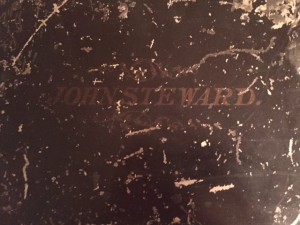 My grandfather died almost 25 years ago, and sometime before that he gave me a box of “family papers.” The box itself is rather striking: a metal strong box, easily portable, with my great-great-grandfather John Steward’s name stenciled on top in fading paint. Inside the box are not just family papers, but intriguing (and, of course, unidentified) daguerreotypes and examples of other early photographic processes, along with materials treating the family of my great-grandmother, Margaret Atherton (Beeckman) Steward (1861–1951). Continue reading Family papers
My grandfather died almost 25 years ago, and sometime before that he gave me a box of “family papers.” The box itself is rather striking: a metal strong box, easily portable, with my great-great-grandfather John Steward’s name stenciled on top in fading paint. Inside the box are not just family papers, but intriguing (and, of course, unidentified) daguerreotypes and examples of other early photographic processes, along with materials treating the family of my great-grandmother, Margaret Atherton (Beeckman) Steward (1861–1951). Continue reading Family papers
Navigating German language records
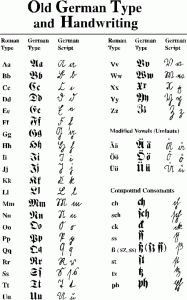 While searching for online records for Bremen, Germany, I came across a digitized collection of Bremen address books spanning the period 1794–1955 with the help of the website German Roots. The Bremer Adressbücher 1794-1955 (Bremen Address Directories) database has been digitized by the State and University Library of Bremen, and can provide a wealth of information about your Bremen ancestors that might not be found in American records.
While searching for online records for Bremen, Germany, I came across a digitized collection of Bremen address books spanning the period 1794–1955 with the help of the website German Roots. The Bremer Adressbücher 1794-1955 (Bremen Address Directories) database has been digitized by the State and University Library of Bremen, and can provide a wealth of information about your Bremen ancestors that might not be found in American records.
These directories can be browsed by surname and street number, like the city directories published for Massachusetts. The website and the directories are both in German, but you can use the Google page translator function on your browser or simply open a second tab to Google Translate for words that you need help deciphering. Once you begin attempting to translate the actual record, it can be helpful to keep handy a chart of German letters and common abbreviations such as the one at left.[1] Continue reading Navigating German language records
The Harding DNA Study
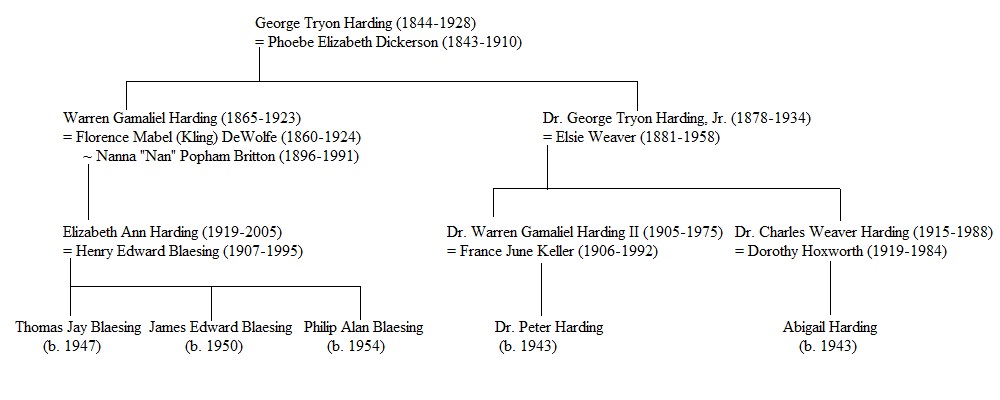
I was fascinated by the story released in The New York Times last Wednesday regarding the DNA research to help establish that Warren G. Harding had had a child with his mistress Nan Britton. Continue reading The Harding DNA Study
Objects and their history
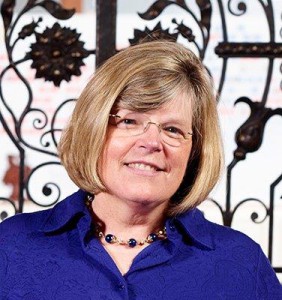 Recently a colleague mentioned a web-based series of interactive discussions called “Windows to the Past: Discovering History Through Tangible Things,” in which “participants will assess fascinating objects . . . to see how any material thing, when examined closely, can be a link between the present and past.”
Recently a colleague mentioned a web-based series of interactive discussions called “Windows to the Past: Discovering History Through Tangible Things,” in which “participants will assess fascinating objects . . . to see how any material thing, when examined closely, can be a link between the present and past.”
Reading this description made me think about how often such items turn up in the family histories we hear and read: the piece of jewelry, the silver, the diary, the clock, the clothing. . . Continue reading Objects and their history
Composition: Part Three
Footnotes
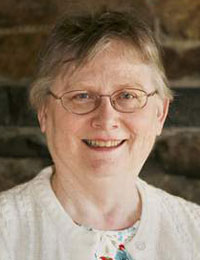 Each Early New England Families Study Project sketch is an article by itself, so full bibliographic citations are given the first time a source is used, with short form citations thereafter. I have a Word file with the full citation for every source I have used (which grows with each new sketch), and I can “cut and paste” these into footnotes without having to retype. This is my manual version of the bibliographic and footnote options that come with most genealogical database programs these days. Continue reading Composition: Part Three
Each Early New England Families Study Project sketch is an article by itself, so full bibliographic citations are given the first time a source is used, with short form citations thereafter. I have a Word file with the full citation for every source I have used (which grows with each new sketch), and I can “cut and paste” these into footnotes without having to retype. This is my manual version of the bibliographic and footnote options that come with most genealogical database programs these days. Continue reading Composition: Part Three
Why did they go back?
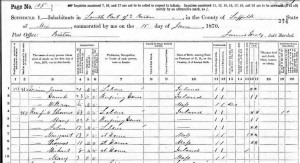
My great-great-grandmother, Margaret Kenefick, was born in Boston on 11 February 1857, the daughter of Irish immigrants Thomas and Mary Kenefick. When I began searching for the family in Boston, I turned to the 1860 Census, but was surprised when I could not locate the Keneficks in Massachusetts. Continue reading Why did they go back?
Bigamous marriages
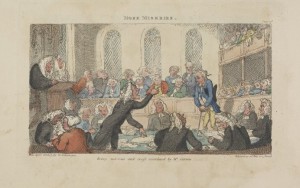
“If any persons or persons within his Majesties Dominions of England and Wales, being married, or which hereafter shall marry, do at any time after the end of the session of this present Parliament, marry any person or persons, the former husband or wife being alive … then every such offence shall be felony. Provided always, that neither this Act, nor anything therein contained, shall extend to any person or persons whose husband or wife shall be continually remaining beyond the seas by the space of seven years together, or whose husband or wife shall absent him or herself the one from the other by the space of seven years together, in any parts within his Majesties Dominions, the one of them not knowing the other to be living within that time.”1 Continue reading Bigamous marriages
A great spectacle
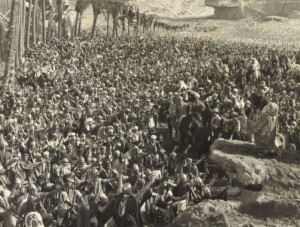
Ben-Hur: A Tale of the Christ (1925) was one of the great spectacles of the silent period; it was also one of the first movies to be produced by the newly amalgamated Metro–Goldwyn–Mayer film corporation. The uncredited cast list reads like a Hollywood Who’s Who of the 1920s (and later): among the (future) stars said to have participated in the film are John and Lionel Barrymore, Gary Cooper, Joan Crawford, Marion Davies, Douglas Fairbanks (Sr.), Clark Gable, Janet Gaynor, John Gilbert, Dorothy and Lillian Gish, Harold Lloyd, Carole Lombard, Myrna Loy, Colleen Moore, Mary Pickford, Sally Rand, and Fay Wray.[1] Continue reading A great spectacle
The wider circle
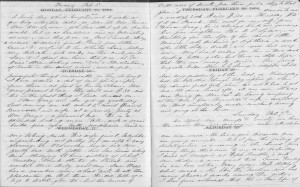
A frequent refrain here at Vita Brevis is that genealogists should consider not just their direct ancestral lines, with a glance at collaterals like siblings or close cousins, but the larger community in which a forebear or collateral relative lived. I was struck by this dictum as I reviewed the Regina Shober Gray diary this winter, as Mrs. Gray lived in a time and place which Jane Austen would have recognized: even the diarist’s closest friends were generally referred to by their married names. Continue reading The wider circle
“Daylight upon magic”

The British constitutional historian Walter Bagehot (1826–1877) wrote that “When there is a select committee on the Queen, the charm of royalty will be gone. Its mystery is its life. We must not let in daylight upon magic.”[1] There is something uncanny about royalty, a mystique that can be hard to value according to its merits. This phrase of Bagehot’s – with its reference to “mystery” and “magic” – came to mind as I was thinking about the question of morganatic marriages in Germany. Continue reading “Daylight upon magic”